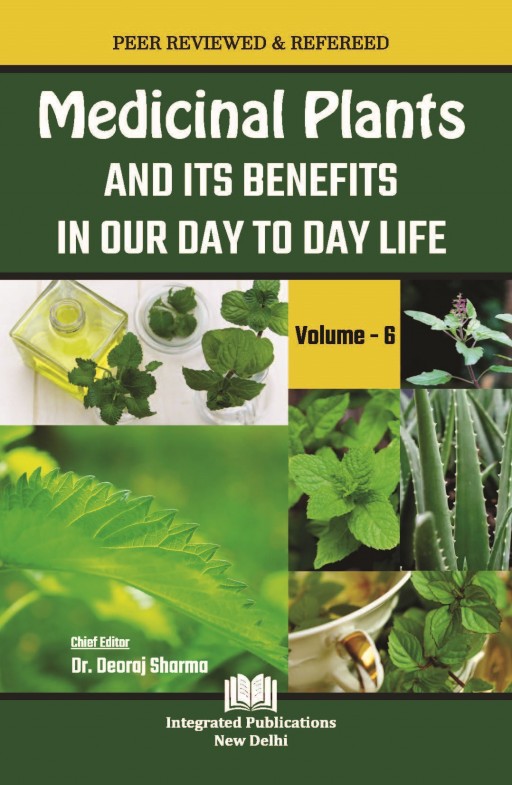Orange: A Good Source of Fibre, Vitamins and Minerals


Orange is predominantly a symbol of fertility; if it is depicted in paradise, it is the fruit of the fall. Citrus sinensis or sweet orange is native to south East Asia, but is taken as a part of their daily nutrient requirement globally as it is an exceptional source of fibre, minerals and vitamins especially vitamin C, which is a strong natural antioxidant that strengthen the body immune system. Various essential phytochemicals such as limonoids, synephrine, hesperidin, flavonoid, polyphenols, pectin along with abundant amount of folacin, calcium, potassium, thiamine, niacin and magnesium are also found. These bioactive compounds hinder arteriosclerosis, cancer, kidney stones, stomach ulcers and minimizing the cholesterol level and high blood pressure which maintains human health. Certain factors limit the sweet orange production, nutritional value and market qualities. They are the impact of various diseases caused by fungi, bacteria, viruses and a complex of nematodes. These diverse diseases can be checked through chemical treatment, using control agents, proper packaging and storage facilities and other disease management techniques to limit postharvest damages. There is need for public awareness on the significance of sweet orange, particularly in the rural regions, due to its health benefits, as it is cost-effective and usually available almost all year.